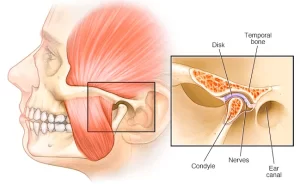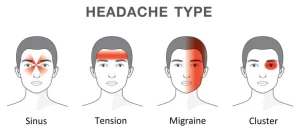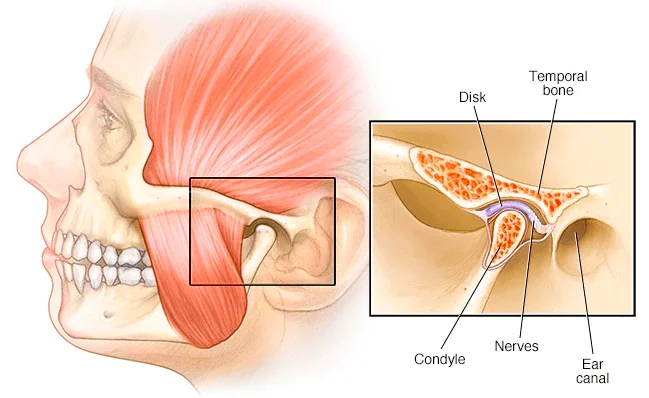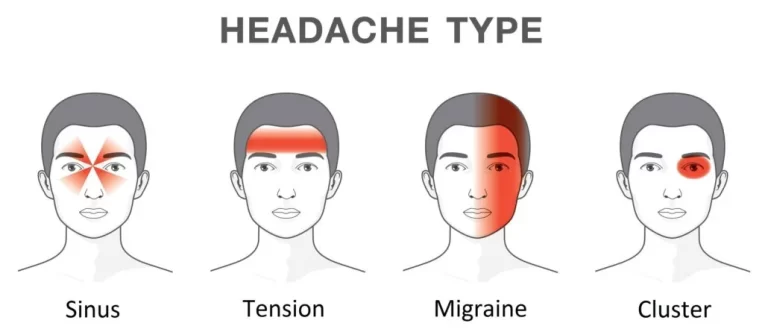What is Triangular Fibrocartilage Complex (TFCC) Injury?
The Triangular Fibrocartilage Complex (TFCC) is an area between your radius and ulna, the two main bones that make up your forearm. The TFCC is made of several ligaments and tendons, as well as cartilage. It helps the wrist move and stabilizes the forearm bones when grasping something or rotate the forearm. A TFCC tear is a type of injury to this region.
There are two types of TFCC Tears.
Type 1 TFCC tears are caused by injury from falling and landing on an outstretched hand, which can damage the ligament, cartilage, and tendons to the region. Also known as FOOSH (Falling on an outstretched hand).
Type 2 TFCC tears are caused by the slow breakdown of the cartilage in the TFCC, usually due to age or an underlying condition, such as Rheumatoid Arthritis or Gout.
Symptoms of Triangular Fibrocartilage Complex (TFCC) Injury
Symptoms of TFCC Tear may include:
– Pain along the outside of your wrist or throughout the entire wrist.
– Pain may be constant or only appear when moving the wrist and apply pressure to it.
– A clicking or popping sound when moving the wrist.
– Visible swelling.
Triangular Fibrocartilage Complex (TFCC) Injury Treatment
Physical therapy is helpful in treating TFCC Injury. Treatment will focus on reducing the pain and swelling in the first stage. As pain reduces, progression will move towards rebuilding strength in the TFCC, improving flexibility as well as range of motion. Gentle personalised exercises and activity adjustments for the injured wrist will be prescribed. A compression wrap or brace may also be recommended if necessary. If in doubt, please seek professional advice.
Check out our popular articles: Diastasis Recti, Tight Back Muscles, Irritable Bowel Syndrome (IBS), Temporomandibular Joint (TMJ) Dysfunction, Tennis Elbow, Wrist Tendon Injury, Sciatica, Whiplash, Hernia, Herniated Disc (Slipped Disc).






